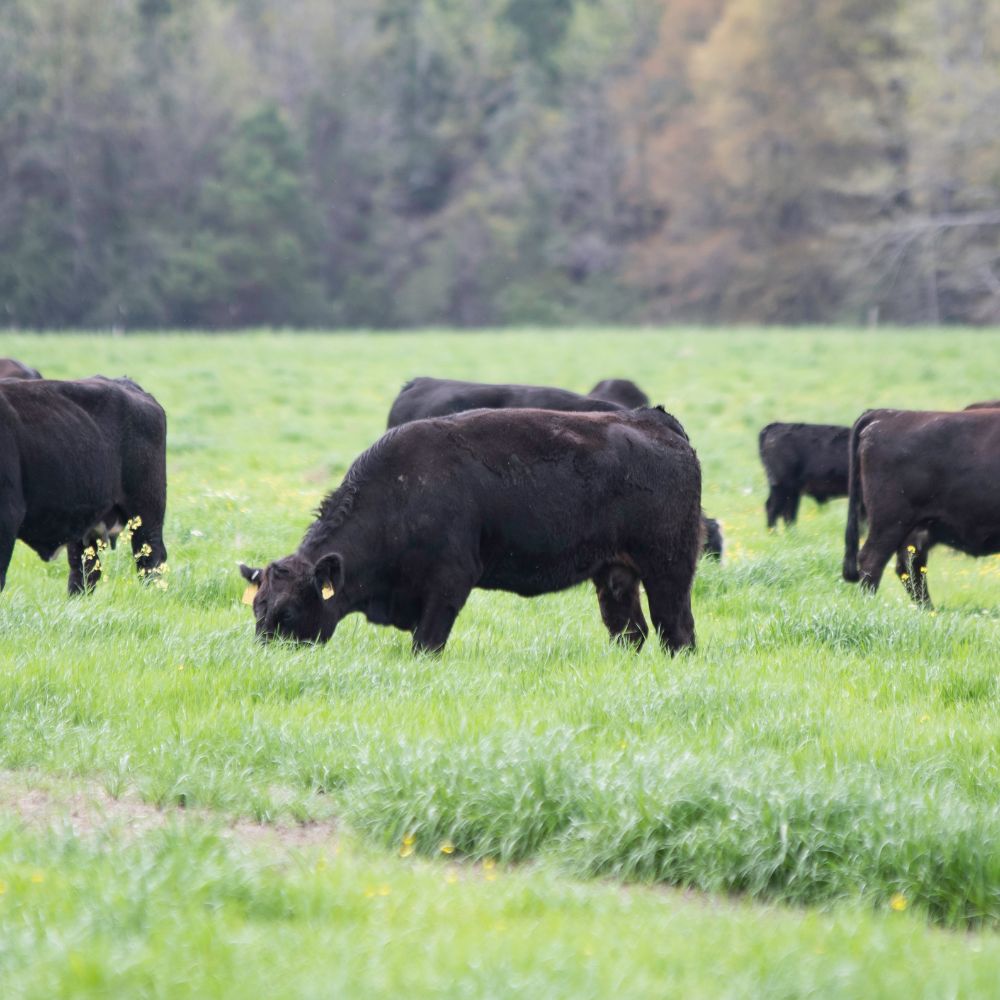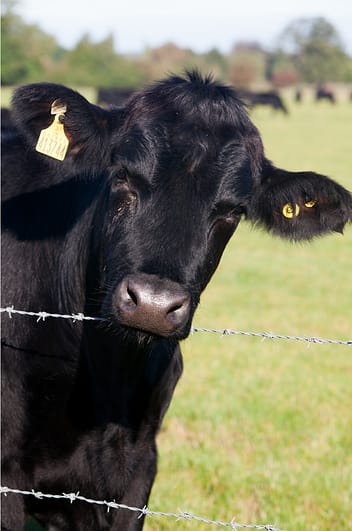Bagley Risk Management : Protecting Your Service Future
Bagley Risk Management : Protecting Your Service Future
Blog Article
Secret Variables to Think About When Deciding On Animals Danger Protection (LRP) Insurance
When evaluating alternatives for Livestock Threat Defense (LRP) insurance, a number of key factors warrant mindful consideration to make certain efficient danger monitoring in the agricultural sector. Choosing the ideal coverage options tailored to your particular animals procedure is paramount, as is understanding how exceptional prices associate with the degree of defense offered. Furthermore, the eligibility criteria for various kinds of animals and the flexibility of the policy to adapt to changing situations are crucial elements to evaluate. The effectiveness and transparency of the insurance claims process can dramatically impact the overall experience and economic outcomes for livestock producers. By tactically navigating these important aspects, manufacturers can secure their financial investments and minimize potential threats successfully.
Insurance Coverage Options
When thinking about Animals Risk Protection (LRP) insurance policy, it is vital to recognize the numerous insurance coverage options offered to mitigate threats in the agricultural industry. Animals Threat Defense (LRP) insurance provides different coverage options customized to satisfy the diverse demands of livestock producers. Bagley Risk Management. One of the main insurance coverage choices is cost insurance coverage, which protects against a decrease in market value. Manufacturers can choose the coverage level that lines up with their cost risk monitoring objectives, enabling them to safeguard their procedures against prospective monetary losses.
One more important protection option is the endorsement period, which identifies the length of time the coverage holds. Producers can pick the recommendation duration that finest fits their manufacturing cycle and market problems. Additionally, protection levels and prices vary based upon the kind of animals being insured, providing manufacturers the flexibility to customize their insurance policy intends according to their certain demands.
Understanding the various coverage options available under Animals Risk Security (LRP) insurance coverage is essential for producers to make informed decisions that properly protect their livestock procedures from market unpredictabilities.
Costs Prices

Livestock Risk Defense (LRP) insurance coverage provides essential protection alternatives tailored to minimize risks in the farming industry, with a significant element to take into consideration being the estimation and structure of premium expenses. When identifying premium prices for LRP insurance, numerous variables come right into play. These consist of the kind and number of animals being guaranteed, the protection degree picked, the existing market value, historic price data, and the length of the coverage period. Insurance firms may additionally take into consideration the area of the farm, as geographic elements can impact the general threat profile.
Premium expenses for LRP insurance are typically determined based upon actuarial data and risk analysis models. Insurance companies assess historical information on animals prices and production prices to figure out a suitable premium that shows the level of risk included. It is important for livestock producers to very carefully examine premium prices and coverage options to guarantee they are sufficiently safeguarded versus prospective financial losses due to damaging market conditions or unanticipated events. By understanding how exceptional costs are computed and structured, manufacturers can make enlightened choices when picking the appropriate LRP insurance plan for their operation.
Eligible Animals
The resolution of qualified animals for Livestock Risk Defense (LRP) insurance coverage includes mindful factor to consider of details standards and features. Animals types that are commonly eligible for LRP insurance hop over to these guys coverage consist of feeder livestock, fed lambs, cattle, and swine. These pets should fulfill certain certifications connected to weight arrays, age, and intended use. Furthermore, the qualification of livestock might vary based on the certain insurance copyright and the regards this to the policy.
Feeder livestock, for example, are typically qualified for LRP coverage if they fall within defined weight varieties. Lambs are one more group of livestock that can be thought about for LRP insurance, with elements such as weight and age playing a critical role in identifying their eligibility.
Prior to selecting LRP insurance for animals, producers should very carefully examine the eligibility requirements laid out by the insurance policy supplier to ensure their animals meet the needed demands for coverage.
Plan Versatility
Plan versatility in Animals Risk Defense (LRP) insurance coverage permits producers to customize insurance coverage to suit their certain needs and risk management methods. This adaptability encourages animals manufacturers to personalize their insurance coverage policies based upon elements such as the kind of animals they have, market problems, and private danger tolerance levels. One key aspect of policy adaptability in LRP insurance policy is the ability to select coverage levels that line up with the manufacturer's financial objectives and run the risk of direct exposure. Producers can choose insurance coverage degrees that protect them against possible losses due to changes in livestock prices, ensuring they are sufficiently insured without overpaying for unneeded insurance coverage. Furthermore, LRP insurance policy supplies flexibility in plan duration, allowing manufacturers to pick coverage periods that finest fit their manufacturing cycles and advertising timelines. By providing personalized choices, LRP insurance makes it possible for producers to efficiently manage their danger exposure while protecting their animals procedures versus unexpected market volatility.
Cases Process
Upon experiencing a loss or damages, manufacturers can start the claims process for their Livestock Threat Security (LRP) insurance coverage by promptly calling their insurance copyright. It is important for producers to report the loss asap to speed up the cases process. When connecting to the insurance coverage supplier, manufacturers will need to give comprehensive info regarding the occurrence, including the date, nature of the loss, and any kind of pertinent documents such as veterinary records or market value.

After the evaluation is full, the insurance policy provider will choose pertaining to the claim and connect the end result to the manufacturer. If the insurance claim is authorized, the manufacturer will get payment according to the regards to their Livestock Risk Defense (LRP) insurance plan. Bagley Risk Management. It is crucial for producers to be acquainted with the insurance claims procedure to make sure a smooth experience in the occasion of a loss

Final Thought
To conclude, when selecting Animals Danger Protection (LRP) insurance policy, it is vital to consider protection options, premium costs, eligible animals, plan flexibility, and the insurance claims procedure. These key factors will aid make sure that farmers and breeders are properly shielded versus potential risks and losses connected with their animals procedures. Making an informed decision based on these factors to consider can inevitably bring about far better monetary security and comfort for animals manufacturers.
Livestock Risk Security (LRP) insurance coverage provides different coverage alternatives tailored to meet the varied demands of livestock manufacturers.The resolution of eligible livestock for Livestock Threat Protection (LRP) insurance policy coverage entails cautious consideration of details criteria and characteristics.Plan versatility in Livestock Threat Security (LRP) insurance coverage permits manufacturers to customize insurance coverage to suit their particular requirements and risk monitoring methods.Upon experiencing a loss or damage, producers can launch the cases process for their Livestock Danger Security (LRP) insurance policy by without delay contacting their insurance supplier.In conclusion, when choosing Animals Risk Protection (LRP) insurance, it is crucial to take into consideration coverage choices, premium prices, qualified animals, plan versatility, and the claims process.
Report this page